View all Standards for California VAPA Standards (2001)
2.1 Development of Theatrical Skills - Make acting choices, using script analysis, character research, reflection, and revision to create characters from classical, contemporary, realistic, and nonrealistic dramatic texts.
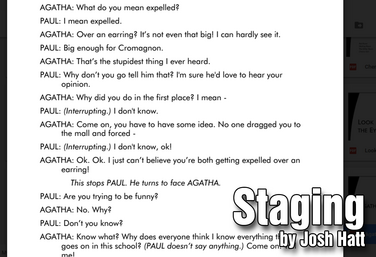
Part of the Technical Theatre Mini Units Curriculum
Staging
by Josh Hatt
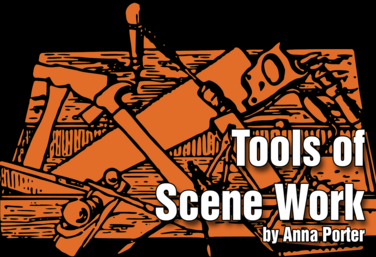
Tools of Scene Work
by Anna Porter
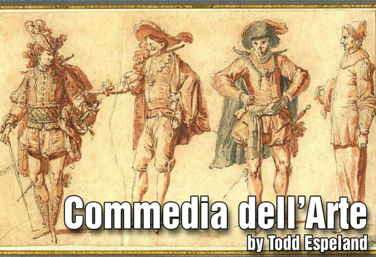
Commedia dell'Arte
by Todd Espeland
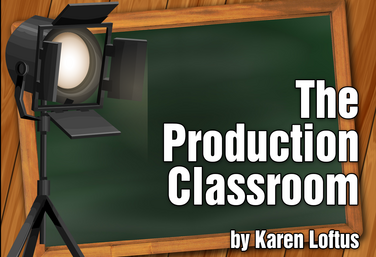
Part of the Production Classroom Units Curriculum
Production Classroom Units Overview
by Karen Loftus

Part of the Production Classroom Units Curriculum
Part One - Pre-Production
by Karen Loftus

Part of the Production Classroom Units Curriculum
Part Two - Rehearsal and Performance
by Karen Loftus

Part of the Production Classroom Units Curriculum
Part Two - Documents
by Karen Loftus

Part of the Production Classroom Units Curriculum
Part Three - Reflection and Assessment
by Karen Loftus
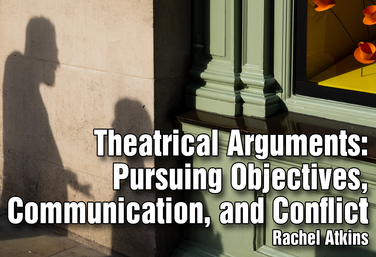.png)
Theatrical Arguments: Pursuing Objectives, Communication, and Conflict
by Rachel Atkins

The Actor in Transition: From Presentational to Three-Dimensional
by John Minigan
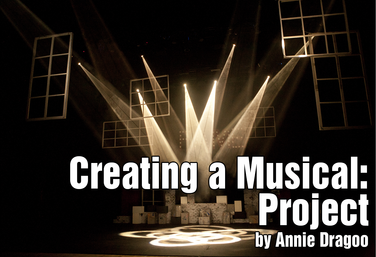
Creating a Musical: Project
by Annie Dragoo
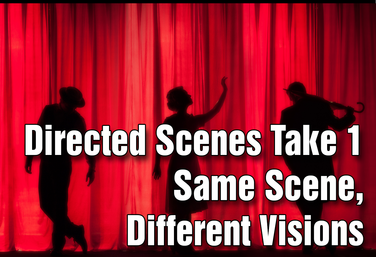
Part of the Middle School Curriculum
Unit Six: Directed Scenes Take 1: Same Scene, Different Visions
by Lindsay Johnson
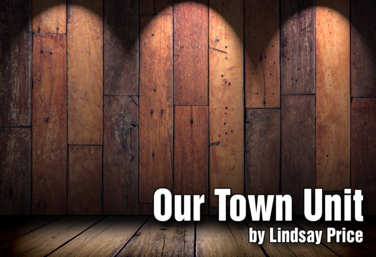
Our Town Unit
by Lindsay Price
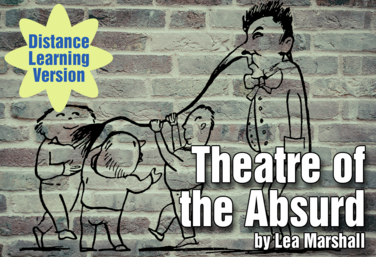.png)
Part of the Distance Learning Curriculum
Theatre of the Absurd
by Lea Marshall
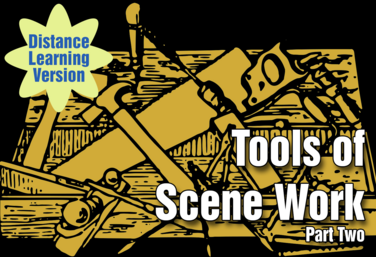
Part of the Distance Learning Curriculum
Scene Work: Part 2, Student Self Staging
by Lindsay Price

Part of the Distance Learning Curriculum
Scene Work: Part 1, Tools of Scene Work
by Lindsay Price
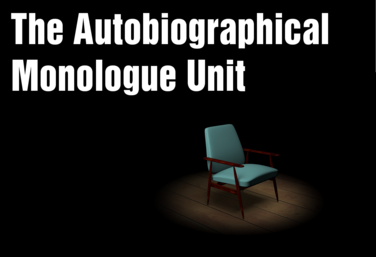
The Autobiographical Monologue
by Gai Jones
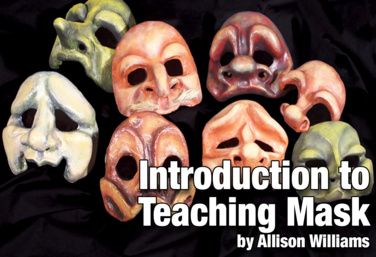
Introduction to Mask
by Allison Williams
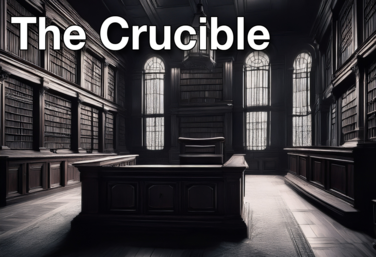
The Crucible Unit
by Lindsay Price
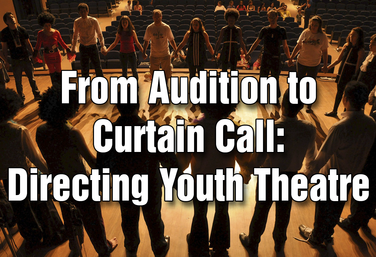
From Audition to Curtain Call: Directing Youth Theatre
by Steven Stack
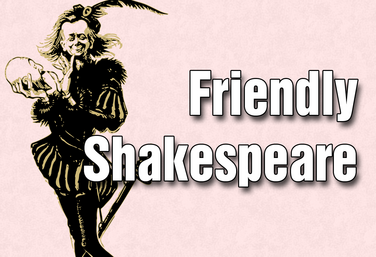
Friendly Shakespeare
by Todd Espeland
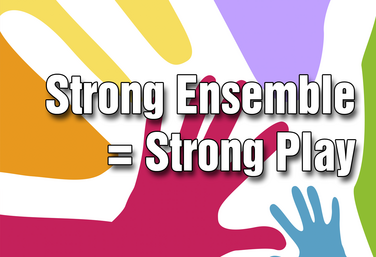
Strong Ensemble = Strong Play
by Craig Mason

Working With Monologues For Rehearsal And Development
by Gai Jones
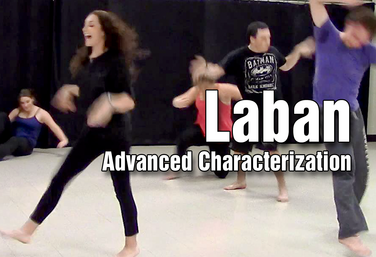
Laban: Advanced Characterization
by Todd Espeland
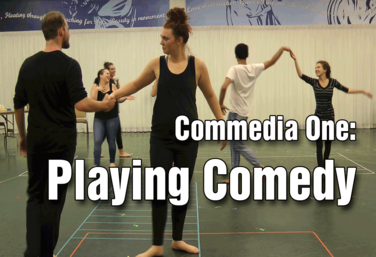
Commedia I: Playing Comedy
by Todd Espeland
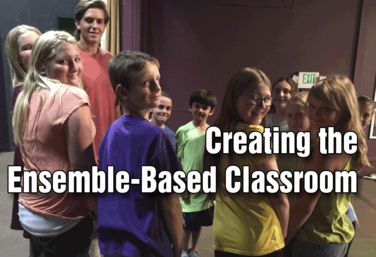
Creating the Ensemble-Based Classroom
by Gai Jones

The Production Classroom
by Karen Loftus
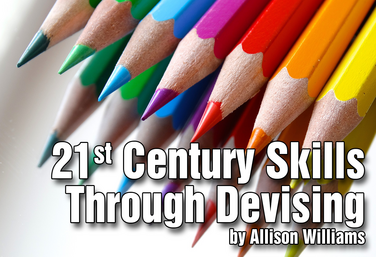
21st Century Skills Through Devising
by Allison Williams
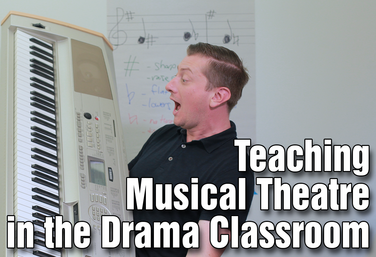
Teaching Musical Theatre in the Drama Classroom
by Colin Oliver
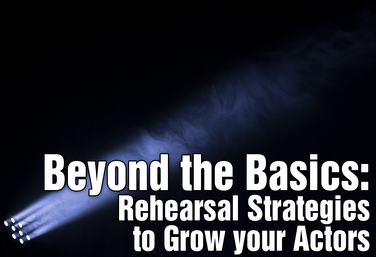
Beyond the Basics: Rehearsal Strategies to Grow Your Actors
by Julie Hartley
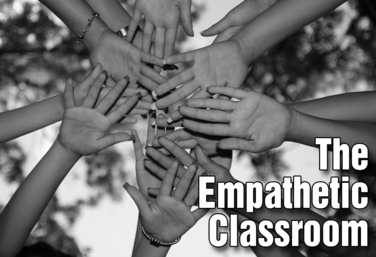
The Empathetic Classroom
by Steven Stack
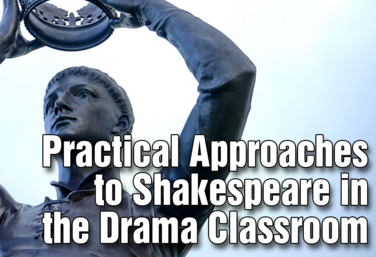
Practical Approaches to Shakespeare in the Drama Classroom
by Julie Hartley
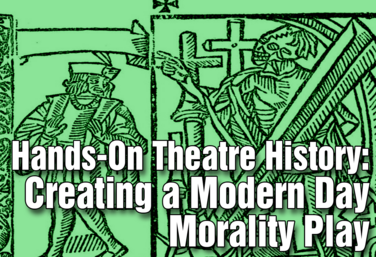
Hands-On Theatre History: Creating a Modern Day Morality Play
by Wendy-Marie Martin
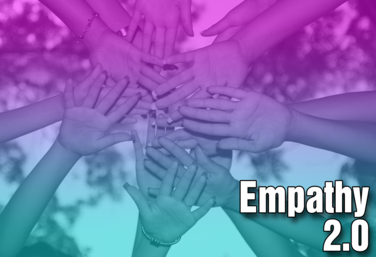
Empathy 2.0
by Steven Stack
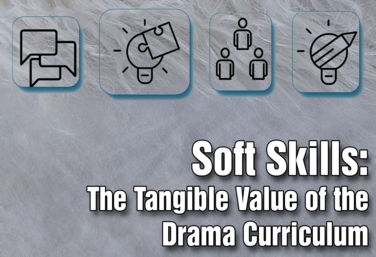
Soft Skills, The Tangible Value of the Drama Curriculum
by Matt Webster
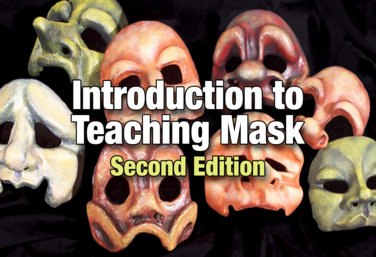
Introduction to Teaching Mask: 2nd Edition
by Allison Williams
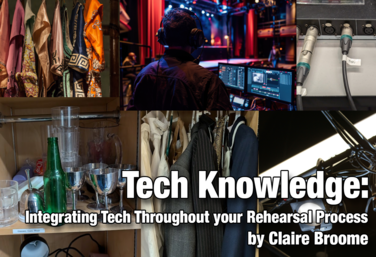
Tech Knowledge: Integrating Tech Throughout Your Rehearsal Process
by Claire Broome
View all Standards for California VAPA Standards (2001) Standards Master List